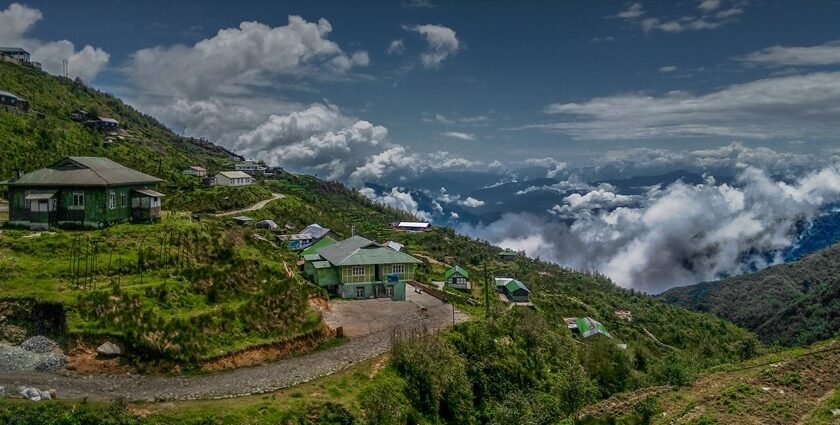Sikkim is a gem in India’s northeastern crown, with stunning scenery and a diverse ecosystem. Wildlife sanctuaries in Sikkim protect some of Sikkim’s flora and famed fauna, some of which are red pandas, snow leopards, and the like. This little state is among the Himalayan states, and it is a paradise for every naturalist and lover of wild animals. From lush rhododendron forests to alpine meadows, Sikkim’s sanctuaries demonstrate the region’s dedication to protecting its natural heritage.
10 Best Wildlife Sanctuaries In Sikkim
Explore incredible wildlife sanctuaries in Sikkim, each with its unique landscapes, rich biodiversity, and opportunity for excellent interactions with nature’s treasures:
1. Fambong Lho Wildlife Sanctuary
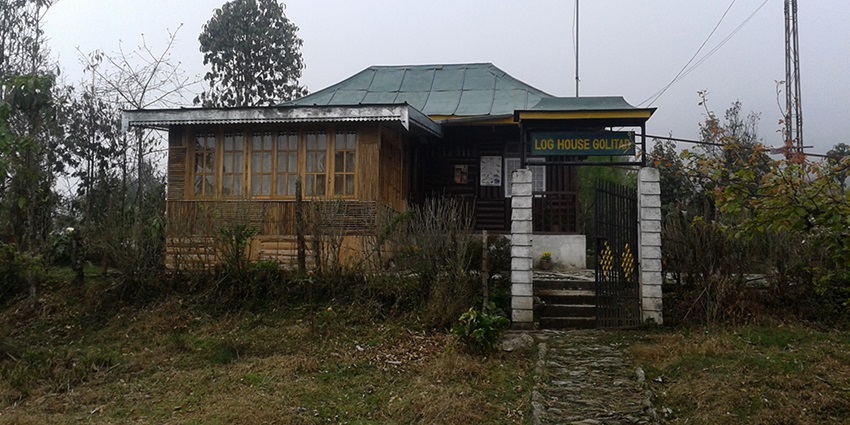
Photo: Dibyendu Ash / Wikimedia Commons / Image For Representation Only
Fambong Lho Wildlife Sanctuary is located in East Sikkim, near Gangtok, and is known for its diverse wildlife and natural beauty. This sanctuary, which spans around 50 square kilometres, contains a variety of habitats, including deep temperate forests and rich rhododendron gardens. It is home to red pandas, Himalayan black bears, and diverse bird species. The sanctuary provides excellent chances for nature treks and animal observation. The well-kept pathways allow you to explore the region’s myriad flora and wildlife while admiring the panoramic views of the surrounding mountains.
Location: East Sikkim, near Gangtok
Entry Fee: ₹50 for adults, ₹20 for children
Timings: 8 AM – 4 PM
Nearest Airport: Bagdogra Airport (IXB), approximately 120 km away
Suggested Read: Top Offbeat Places In Sikkim For Your Next Surreal Trip
2. Maenam Wildlife Sanctuary
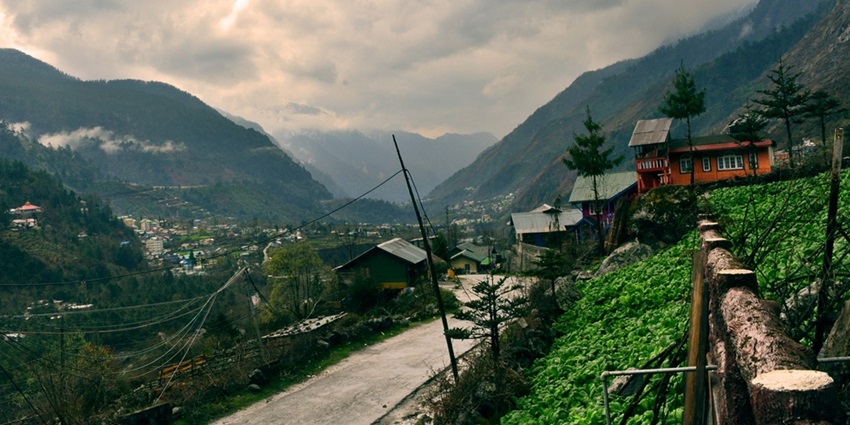
Photo: Suman Mukherjee / Wikimedia Commons / Image For Representation Only
Maenam Wildlife Sanctuary is a famous wildlife sanctuary in Sikkim, known for its varied fauna and immaculate scenery. The sanctuary, which covers around 35 square kilometres, is known for its lush trees and steep terrain. It is home to various animals, including the red Panda, barking deer, and Himalayan serow. The sanctuary provides a variety of activities, including walking and birding, with pathways that allow breathtaking views of the surrounding mountains and valleys. Visitors may explore the region’s distinctive flora and wildlife while taking in the tranquil natural settings.
Location: South Sikkim, near Ravangla
Entry Fee: ₹50 for adults, ₹25 for children
Timings: 6 AM – 6 PM
Nearest Airport: Bagdogra Airport (IXB), approximately 120 km away
3. Barsey Rhododendron Sanctuary
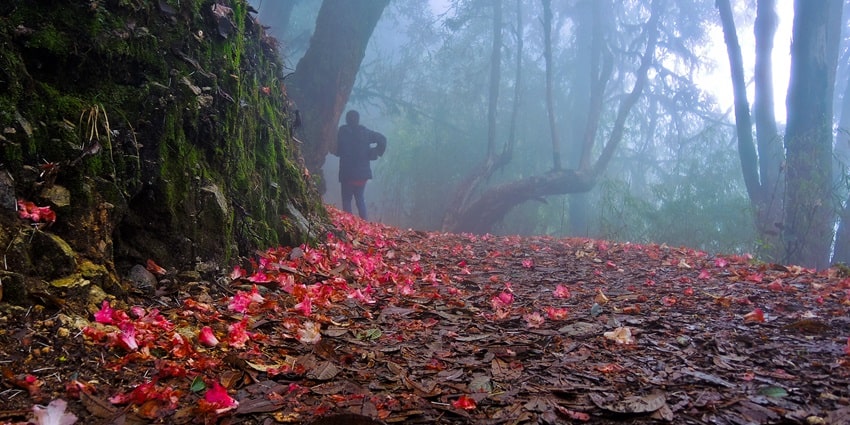
Photo: Spattadar / Wikimedia Commons
The Barsey Rhododendron Sanctuary in West Sikkim, near Hilley, is one of the best wildlife sanctuaries in Sikkim, known for magnificent rhododendron woods. The sanctuary spans around 104 square kilometres and is a dazzling display of colour during the rhododendron blooming season, which usually lasts from March to May. It has a rich flora, including several varieties of rhododendrons, as well as animals, such as the red Panda and Himalayan tahr. The sanctuary provides magnificent trekking paths with breathtaking views of the Kanchenjunga mountain and verdant surroundings.
Location: West Sikkim, near Hilley
Entry Fee: ₹50 for adults, ₹25 for children
Timings: 6 AM – 6 PM
Nearest Airport: Bagdogra Airport (IXB), approximately 140 km away
Suggested Read: Popular Things To Do In Sikkim
4. Kyongnosla Alpine Sanctuary
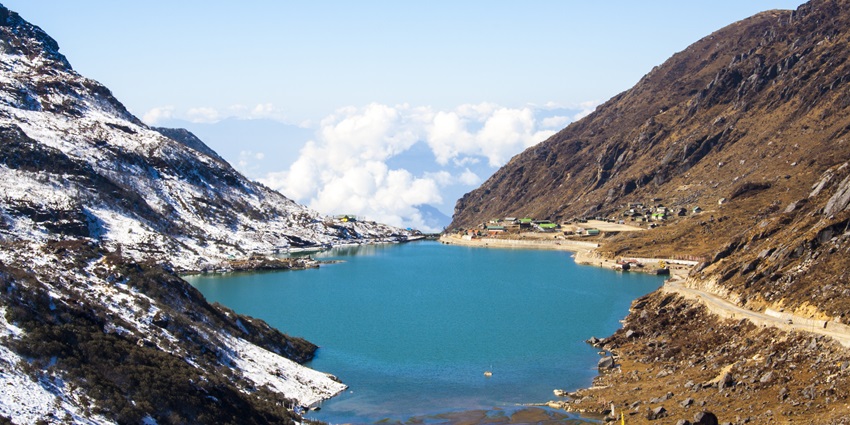
Photo: Indrajit Das / Wikimedia Commons / Image For Representation Only
Kyongnosla Alpine Sanctuary is located in East Sikkim, near Tsomgo Lake, and is notable for its distinct alpine habitat. The sanctuary covers around 31 square kilometres and is recognised for its pristine sceneries, including alpine meadows, rough terrains, and rare medicinal plants. It is home to the elusive red Panda and other high-altitude bird species. The sanctuary offers excellent nature treks and wildlife spotting, with breathtaking views of the surrounding snow-capped peaks and calm surroundings.
Location: East Sikkim, near Tsomgo Lake
Entry Fee: ₹100 for adults, ₹50 for children
Timings: 6 AM – 5 PM
Nearest Airport: Bagdogra Airport (IXB), approximately 120 km away
5. Shingba Rhododendron Sanctuary
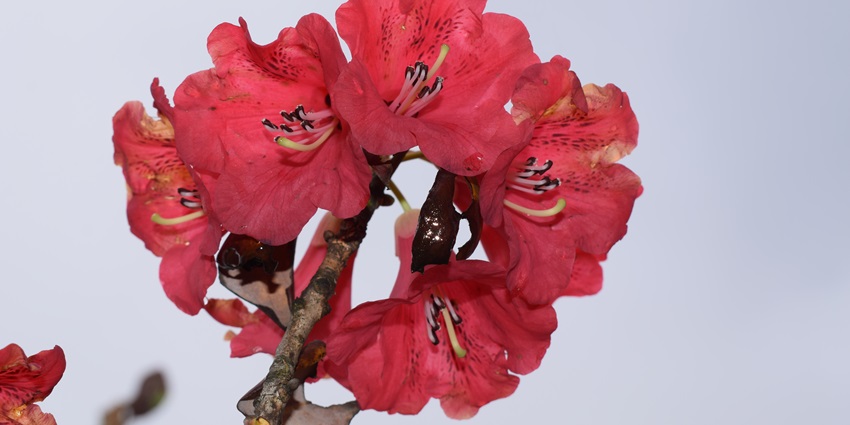
Photo: Sunil Dev / Wikimedia Commons / Image For Representation Only
Shingba Rhododendron Sanctuary is one of the most popular wildlife sanctuaries in Sikkim, known for its brilliant rhododendron flowers. The sanctuary covers around 43 square kilometres and is a floral refuge during spring when its slopes bloom with diverse rhododendron varieties. It also has a variety of animals, including red pandas and Himalayan tahr. The sanctuary’s breathtaking scenery includes alpine meadows and lovely hot springs. Visitors may enjoy spectacular walks within the sanctuary with stunning views of the surrounding mountains and valleys.
Location: North Sikkim, near Yumthang Valley
Entry Fee: ₹50 for adults, ₹20 for children
Timings: 6 AM – 5 PM
Nearest Airport: Bagdogra Airport (IXB), approximately 140 km away
Suggested Read: Places To Visit In Sikkim On Your Next Himalayan Trip
6. Pangolakha Wildlife Sanctuary
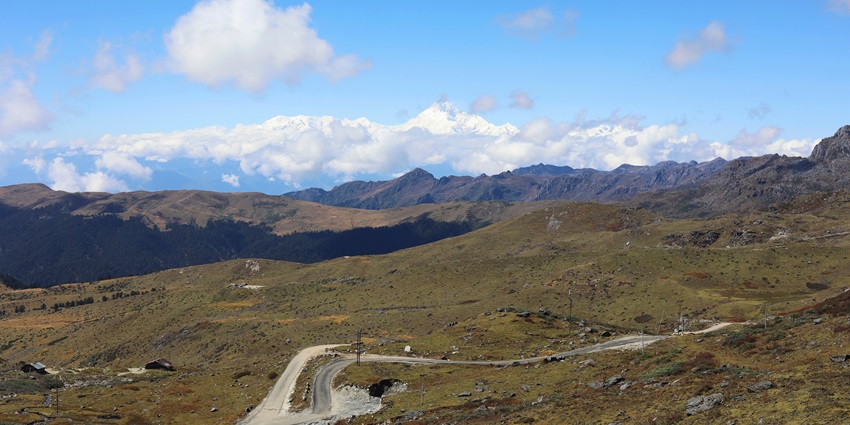
Photo: RealityImages / Shutterstock
Pangolakha Wildlife Sanctuary in East Sikkim, near Zuluk, is well-known for its various ecosystems and breathtaking terrain. The sanctuary covers around 92 square kilometres and includes temperate woods and alpine meadows. It is home to unique animals, including the red Panda, the Himalayan black bear, and various birds. The sanctuary provides picturesque trekking paths with stunning views of the eastern Himalayas and adjacent regions. Visitors may appreciate Sikkim’s rich biodiversity and pristine environment while visiting this tranquil and less-visited region.
Location: East Sikkim, near Zuluk
Entry Fee: ₹100 for adults, ₹50 for children
Timings: 6 AM – 5 PM
Nearest Airport: Bagdogra Airport (IXB), approximately 120 km away
7. Kitam Bird Sanctuary
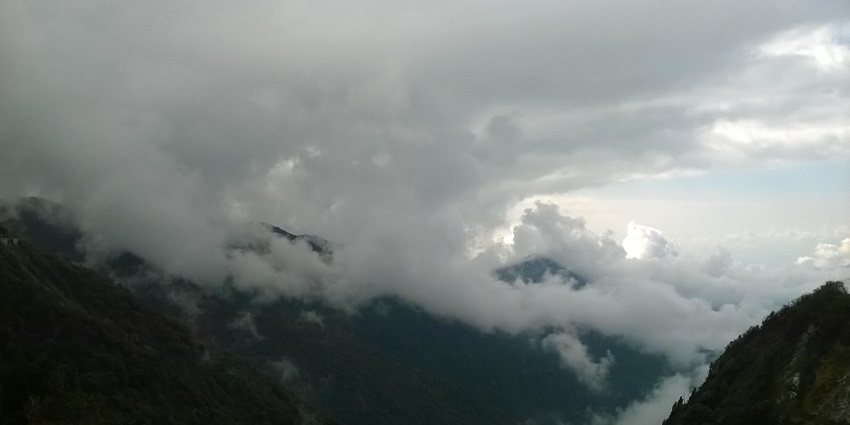
Photo: Abhishek Chowdhury / Wikimedia Commons / Image For Representation Only
Kitam Bird Sanctuary is located in South Sikkim, near Namchi, and is well-known for its diverse bird population. This sanctuary, which covers around 14 square kilometres, is a birdwatcher’s paradise with diverse bird species, including the elusive Blyth’s Tragopan and other migratory birds. The sanctuary’s rich woodland regions and river valleys provide ideal birding and nature photography conditions. It also promotes various flora and butterflies, which improves the whole experience. Kitam Bird Sanctuary, with its quiet environment and plentiful wildlife, offers a peaceful location for nature enthusiasts.
Location: South Sikkim, near Namchi
Entry Fee: ₹50 for adults, ₹25 for children
Timings: 6 AM – 5 PM
Nearest Airport: Bagdogra Airport (IXB), approximately 120 km away
Suggested Read: Your Travel Guide Into Barsey Rhododendron Wildlife Sanctuary
8. Tendong State Biodiversity Park
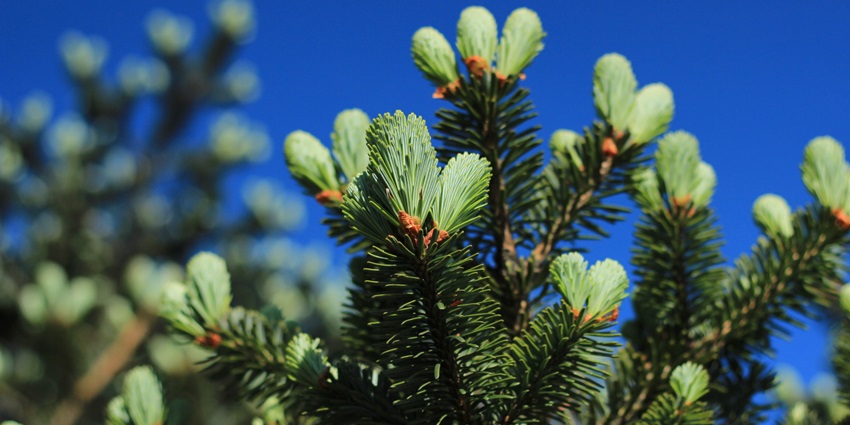
Photo: Debojyoti Dey / Wikimedia Commons / Image For Representation Only
Tendong State Biodiversity Park, near Namchi in South Sikkim, is well-known for its diverse wildlife and breathtaking scenery. The park covers around 18 square kilometres and includes a variety of ecosystems, such as subtropical woods and pleasant meadows. It is home to several plant species, butterflies, and birds. The park has picturesque walking paths that lead to locations with breathtaking views of the Kanchenjunga mountain and the surrounding environment. Tendong State Biodiversity Park is ideal for nature enthusiasts seeking peace while exploring Sikkim’s biological gems.
Location: South Sikkim, near Namchi
Entry Fee: ₹30 for adults, ₹15 for children
Timings:6 AM – 5 PM
Nearest Airport: Bagdogra Airport (IXB), approximately 120 km away
9. Singalila National Park
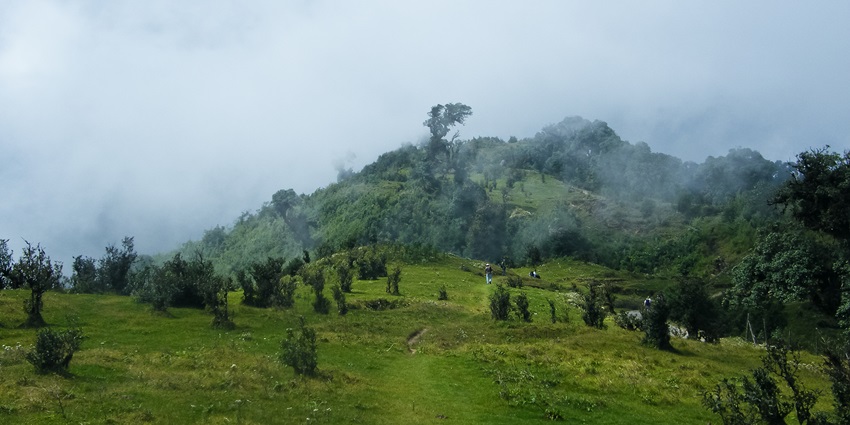
Photo: Spattadar / Wikimedia Commons
Singalila National Park, which covers the boundary between Sikkim and West Bengal, is well-known for its high-altitude vistas and wildlife. The park, which covers around 78 square kilometres, is famous for its breathtaking vistas of the Kanchenjunga range and rich flora and animals. It is home to the red Panda, Himalayan tahr, and various uncommon birds. The park’s steep terrain and alpine meadows give great hiking possibilities, notably the famed Sandakphu trip with spectacular panoramic vistas.
Location: Bordering Sikkim and West Bengal
Entry Fee: ₹100 for adults, ₹50 for children
Timings: 6 AM – 6 PM
Nearest Airport: Bagdogra Airport (IXB), approximately 150 km away
Suggested Read: Trekking In Sikkim
10. Khangchendzonga National Park
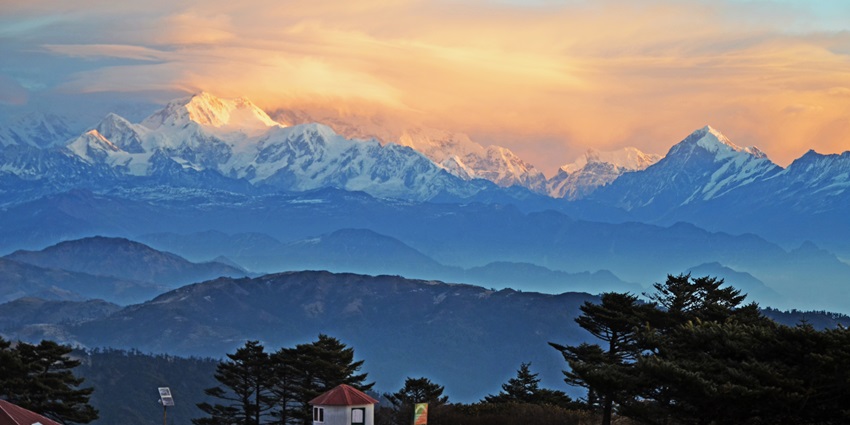
Photo: Abhishek Ghosh 1984 / Wikimedia Commons / Image For Representation Only
Khangchendzonga National Park falls on the list of UNESCO heritage sites. It possesses the great Khangchendzonga, the world’s third-highest mountain peak. The park is located on various terrains, and this makes it famous. They include subtropical forests, alpine meadows, glaciers and so on. It also includes a few animals, such as the snow leopard, the red Panda, and the Himalayan Tahr. Lodging tourists can participate in exciting treks like the strenuous Goechala trek, where the incredible beauty of the Khangchendzonga can be viewed over time.
Location: North and West Sikkim
Entry Fee: ₹200 for Indians, ₹400 for foreigners
Timings: Open year-round
Nearest Airport: Bagdogra Airport (IXB), approximately 120 km away
To sum up, wildlife sanctuaries in Sikkim provide a spectacular view of the state’s vast biodiversity and natural beauty. From the brilliant rhododendron blooms of Barsey to the alpine panoramas of Kyongnosla, each sanctuary offers distinct experiences for nature lovers and adventurers. Enjoy the chance to explore these natural environments and see their rich animals. Plan your trip to Sikkim’s natural marvels with TripXL to ensure a fantastic wildlife excursion.
Cover Photo: Amritendu Mallick / Wikimedia Commons


 WhatsApp
WhatsApp
 Twitter
Twitter
